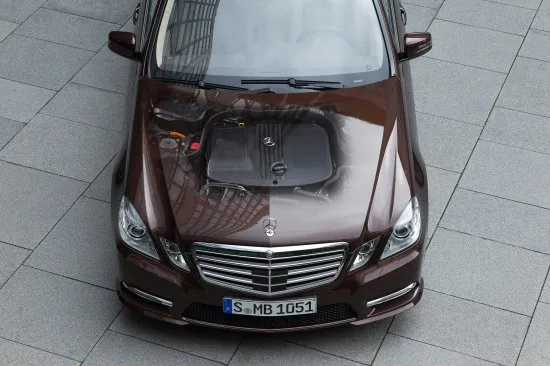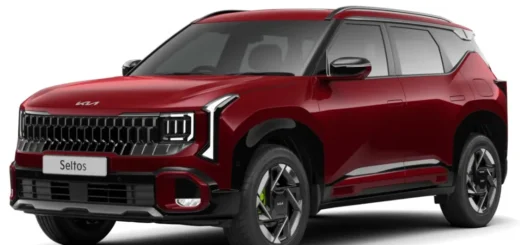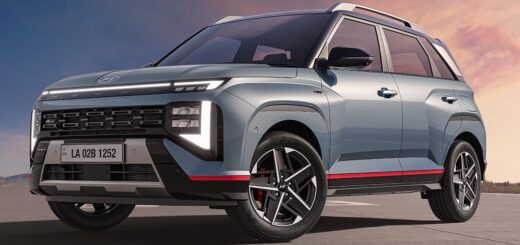Mercedes Benz’s Clever Hybrid Powertrain Design
As most of the premium car propulsion setups go hybrid these days, there is hardly anything refreshingly new to get excited about. But the Daimler’s engineers have come up with a new diesel hybrid model, which is innovative and interesting.
Mercedes Benz has recently introduced the E-300 BlueTEC Hybrid, in which the 2.2-litre four cylinder CDI of the E and S 250 models is employed to work in parallel with an electric propulsion system.

The E 300 BlueTEC Hybrid features a 20 kW motor that is placed between the IC engine and the 7G tronic transmission
Also known as the OM 651, the 2,143cc in-line four unit produces 204 bhp and 500 Nm of torque between 1,600 and 1,800rpm. Meanwhile, the parallel part of this ‘P2’ classified system is a compact 35-cell, 0.8kWh lithium-ion battery pack from wholly owned Deutsche Accumotive, cross-developed with BMW, and a 20kW electric motor good for 249Nm of torque that is integrated in the housing for the 7G-tronic transmission and takes up just 65mm in the lengthwise cross-section view. The label ‘P2’ shows that the electric motor is fully parallel but technically separated from the internal combustion engine by its own clutch. Think of it as the electrical meat to the engine and gearbox’s bread!! All this adds just 99kg to the overall weight of the hybrid car versus a standard E 250 CDI model.
How far does this make sense? Having the compressor for the climate control run electrically directly from the lithium-ion battery pack makes for a much simpler timing belt scheme at the front of the engine and eliminates the need to start the IC engine while at a standstill (necessary on a standard design to support the energy needs of the climate control). The diesel engine gets an added boost of 20bhp for extra acceleration. When you’re cruising at a constant speed on a highway, the engine shuts off and the electric motor maintains your current speed until the battery runs out, or you need to overtake. This sets the average mileage exceeding 20 kmpl, with total CO2 emissions on average standing at 109g/km. Such figures are astounding for a car that reaches 100 kmph mark in just 7.5 seconds with a top speed touching 250 kmph.
Also Read: Hybrid Power Trains: Here Are Some Basics And Opinions
The remarkable feat of engineering from Mercedes is quite apparent. The E 300 BlueTEC Hybrid tips the scales at just under 1,850kg, despite the additional weight that the hybrid-electric modular bits and enhanced EPU add to the vehicle. Extensive work has been done with Bosch to master the refinement of the IC engine EPU interface. In all engineering senses, the compact, space-saving and light weight hybrid-electric design is a true breakthrough, while BMW awaits the launch of its ambitious ‘i’ models and Audi of its e-tron cars. Lot more surprises ahead!!










